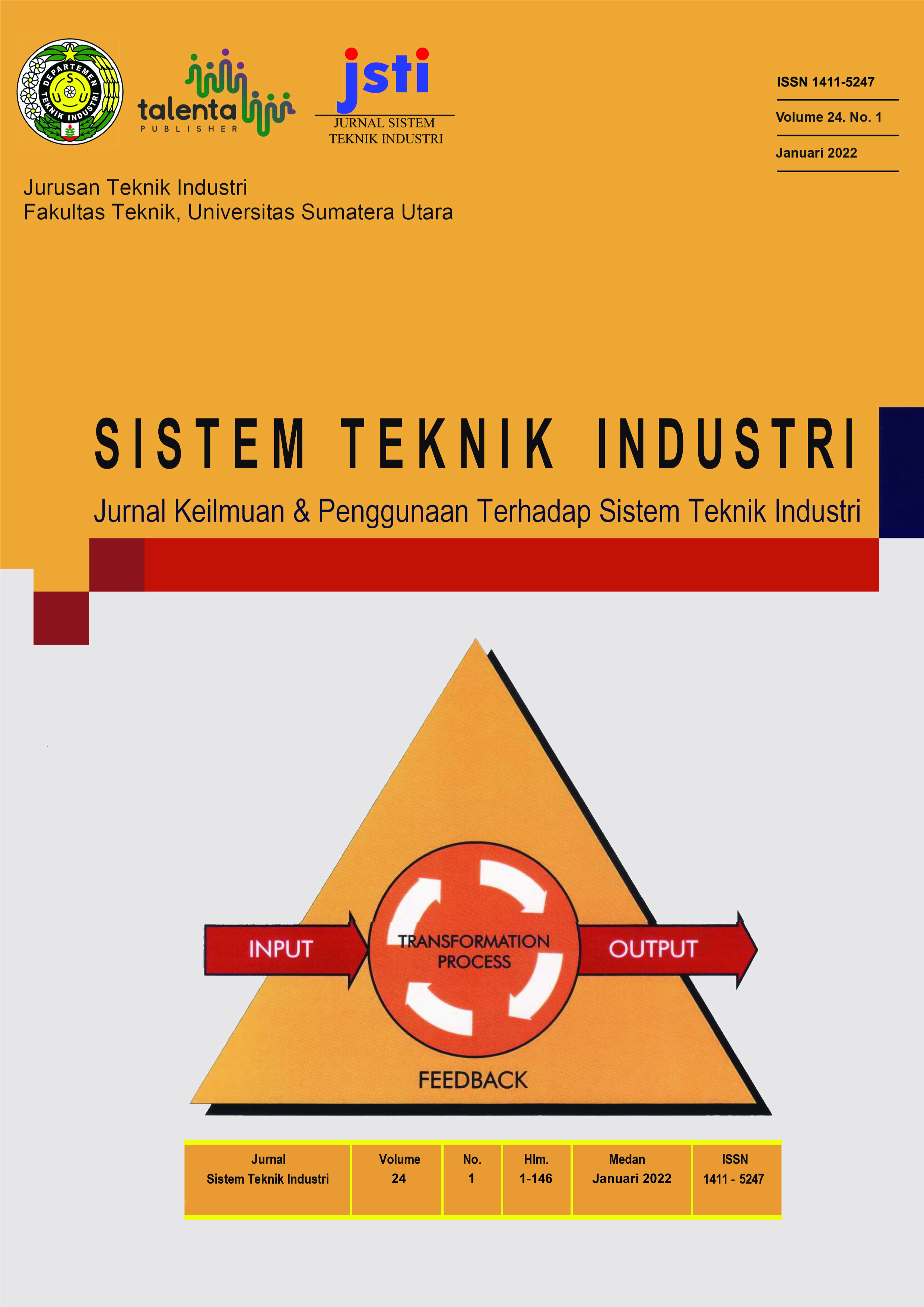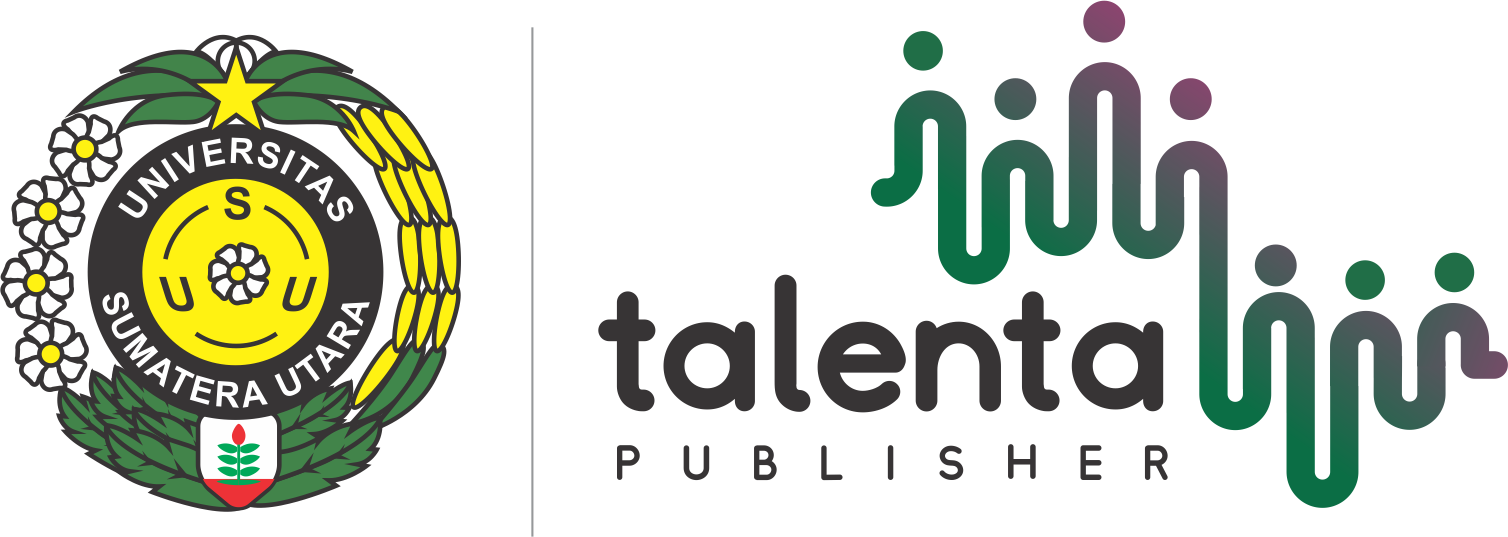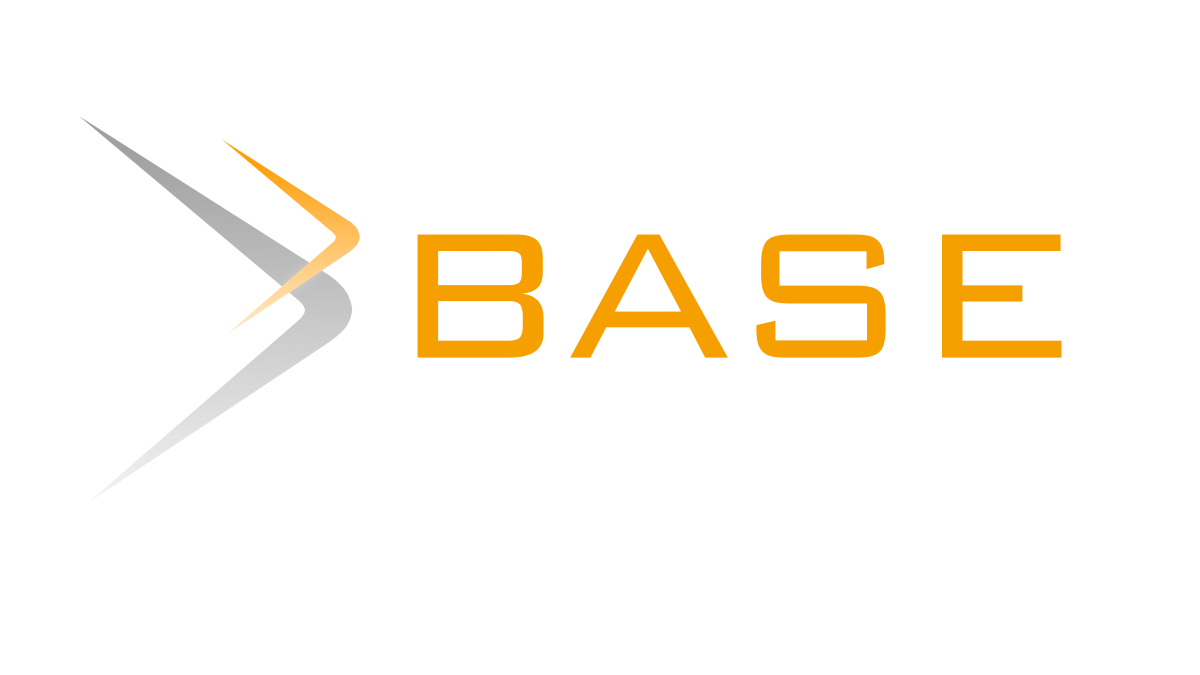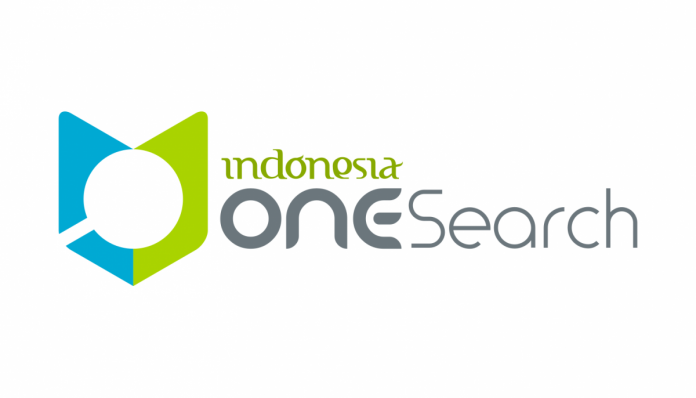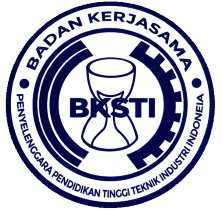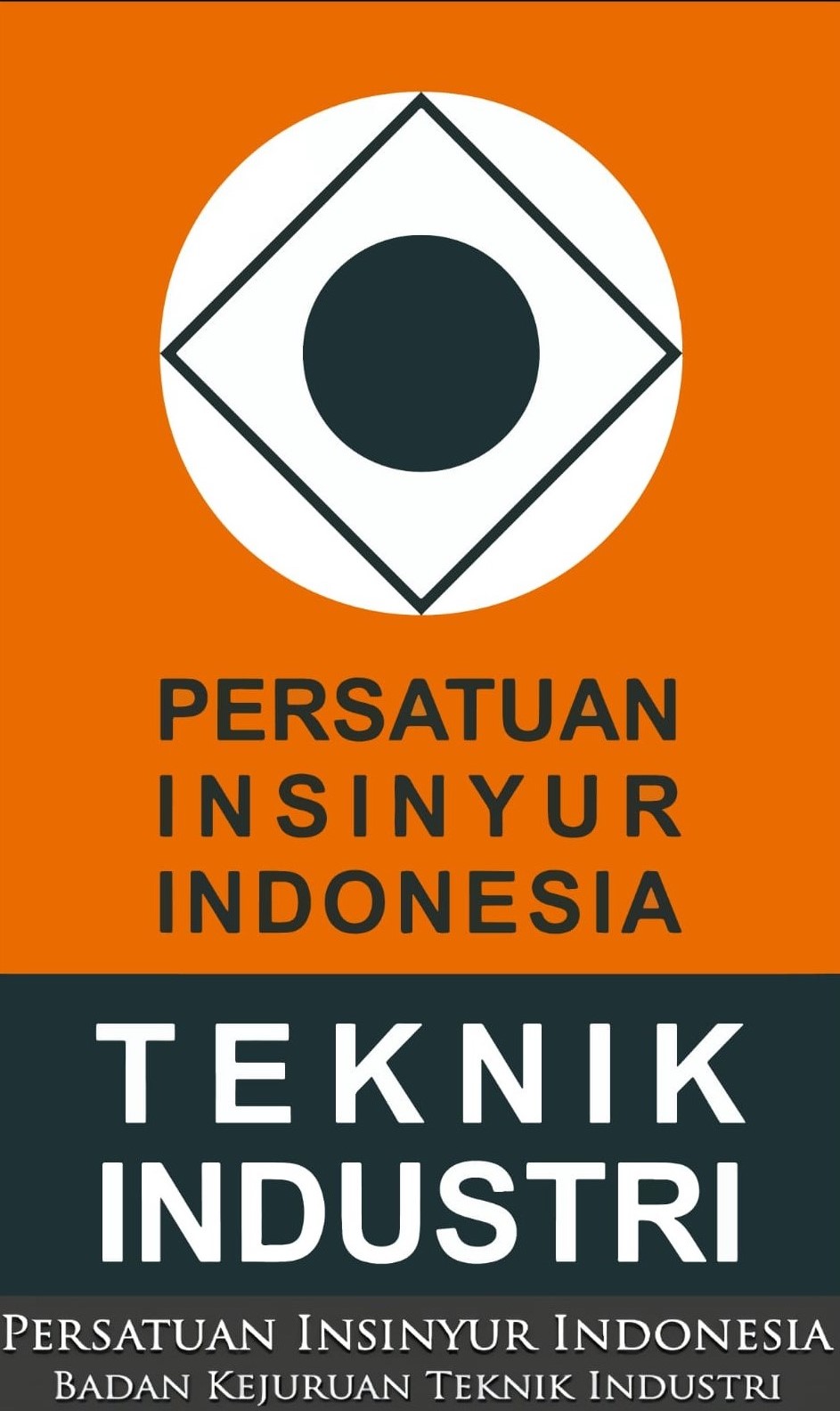Designing Strategy to Increase Intention to Use Maternal Perinatal Death Notification (MPDN) Technology in North Sumatra
DOI:
https://doi.org/10.32734/jsti.v24i1.7519Keywords:
Importance-Performance Analysis, MPDN, UTAUTAbstract
In order to reduce the Maternal Mortality Rate (MMR) in Indonesia, the government has made various innovations to lessen the MMR. One of the improvement is to put in force Maternal Perinatal Death Notification (MPDN) technology. But in the implementation, there are still many hospitals and health centers in North Sumatra that have not longer applied MPDN optimally. Considering that North Sumatra is one of the provinces with the very best MMR in Indonesia, the utilization of MPDN desires to be extended in North Sumatera. In preceding research, it became stated that the readiness and recognition of a technology will have an affect on the successful implementation of the technology. Therefore, this take a look at pursuits to measure and notice the effect of every variable at the acceptance of MPDN technology based on the Unified Theory of Acceptance and Use of Technology (UTAUT). The variables located to have an influence at the acceptance of MPDN technology in North Sumatra are overall performance expectancy, effort expectancy, social influence, self-efficacy and technology anxiety. These five influential variables are then used as the basis for building strategies using Importance- Performance Analysis (IPA).
Downloads
References
J. Yang, J. Li, J. Mulder, Y. Wang, S. Chen, H. Wu, Q. Wang and H. Pan, "Emerging information technologies for enhanced healthcare. Comput. Ind.," vol. 69, pp. 3–11. 2015.
L. P. González, C. Jaedicke, J. Schubert and V. Stantchev, "Fog computing architectures for heaalthcare: wireless performance and semantic opportunities," J. Inf. Commun. Ethics Soc, vol.14, no. 4, pp. 334–349. 2016.
A. Ancarani, C. D. Mauro, S. Gitto, P. Mancuso and A. Ayach, "Technology acquisition and efficiency in Dubai hospitals," Technol. Forecast. Soc. Change, vol. 113, pp. 475–485. 2016.
K. Walton, "Rencana Aksi Daerah Percepatan Penurunan," USAID INDONESIA, 2015.
C. P. Lin and B. Anol, "Learning online social support: an investigation of network information technology based on UTAUT," CyberPsychology & Behavior, vol. 11, pp. 268-272. 2008.
P. Nuq and B. Aubert, "Towards a better understanding of the intention to use eHealth services by medical professionals: The case of developing countries," International Journal of Healthcare Management, vol. 6, no. 4, pp. 217-236. 2013.
B. Kijsanayotin, S. Pannarunothai and S. M. Speedie, "Factors influencing health information technology adoption in Thailand’s community health centers: applying the UTAUT model," Int. J. Med. Inf, vol. 78, no. 6, pp. 404–416. 2009.
W. B. Arfi, I. B. Nasr, G. Kondrateva and L. Hikkerova, "The role of trust in intention to use the IoT in eHealth: Application of the modified UTAUT in a consumer context," Technological Forecasting & Social Change, vol. 167, pp. 120688. 2021.
V. Venkatesh, M. Morris, G. Davis and F. Davis, "User acceptance of information technology: Toward a unified view," MIS Quarterly, vol. 27, no. 3, pp. 425–478. 2003.
V. Venkatesh, J. Y. Thong and X. Xu, "Consumer acceptance and use of information technology: extending the unified theory of acceptance and use of technology," MIS Q, pp. 157–178. 2012.
C. Vitari and R. Ologeanu-Taddei, "The intention to use an electronic health record and its antecedents among three different categories of clinical staff," BMC Health Serv. Res, vol. 18, no. 1, pp. 194. 2018.
M. Gagnon, E. Ghandour, P. Talla, D. Simonyan, G. Godin, M. Labrecque and M. Rousseau, "Electronic health record acceptance by physicians: testing an integrated theoretical model," J. Biomed. Inform, vol. 48, pp. 17–27. 2014.
S. Simon, C. Keohane, M. Amato, M. Coffey, B. Cadet, E. Zimlichman and D. Bates, "Lessons learned from implementation of computerized provider order entry in 5 community hospitals: a qualitative study," BMC Med Inform Decis Mak, pp. 13:67, 2013.
Y. Zhao, Q. Ni and R. Zhou, "What factors influence the mobile health service adoption? A meta-analysis and the moderating role of age," Int. J. Inf. Manag, vol. 43, pp. 342–350. 2018.
M. Cimperman and P. T. M M Brenˇciˇc, "Analyzing older users’ home telehealth services acceptance behavior—applying an Extended UTAUT model," Int. J. Med. Inform, vol. 90, pp. 22–31. 2016.
R. Hoque and G. Sorwar, "Understanding factors influencing the adoption of mHealth by the elderly: an extension of the UTAUT model," Int. J. Med. Inform, vol. 101, pp. 75–84. 2017.
J. Lee and M. J. Rho, "Perception of influencing factors on acceptance of mobile health monitoring service: a comparison between users and non-users," Healthc. Inform. Res, vol. 19, no. 3, pp. 167–176. 2013.
J. A. Martilla and J. C. James, "Importance-Performance Analysis," Journal of Marketing, pp. 77-79. 1977.
W. B. Arfi, I. B. Nasr, T. Khvatova and Y. B. Zaied, "Understanding acceptance of eHealthcare by IoT natives and IoT immigrants: An integrated model of UTAUT, perceived risk, and financial cost," Technological Forecasting & Social Change, vol. 163, pp. 120437. 2021.
L. Xue, C. C. Yen, L. Chang, H. C. Chan, B. C. Tai, S. B. Tan and M. Choolani, "An exploratory study of ageing women's perception on access to health informatics via a mobile phone-based intervention," International journal of medical informatics, vol. 81, pp. 637-648. 2012.
V. Venkatesh and F. D. Davis, "A theoretical extension of the technology acceptancemodel: four longitudinal field studies," Manage. Sci, vol. 46, no. 2, pp. 186–204. 2000.
S. Wijanto, "Structural equation modeling dengan Lisrel 8.8," Graha Ilmu, Yogyakarta, 2008.
J. F. Hair, C. M. Ringle and M. Sarstedt, "PLS-SEM: Indeed, a Silver Bullet," Journal of Marketing Theory and Practice, vol. 19, no. 2, pp. 139-152. 2011.
J. F. Hair, J. J. Risher, M. Sarstedt and C. M. Ringle, "When to use and how to report the results of PLS-SEM," European Business Review, vol. 31. 2019.
E.-G. O. B. D. Wills MJ, "Examining healthcare professionals’ acceptance of electronic medical records using UTAUT," Inf Syst, vol. IX, no. 2, pp. 396–401. 2008.
Z. X. Venkatesh V, "Unified theory of acceptance and Use of technology: U.S. vs. China," J Glob Inf Technol Manag, vol. 13, no. 1, pp. 5–27. 2010.
S. T. Z. X. Venkatesh V, "Just what the doctor ordered’: a revised UTAUT for EMR system adoption and use by doctors," System Sciences, pp. 1–10. 2011.
V. B. D. A. Vanneste D, "Healthcare professionals’ acceptance of BelRAI, a web-based system enabling person-centred recording and data sharing across care settings with interRAI instruments: a UTAUT analysis," BMC Medical Informatics and Decision Making, vol. 13, pp. 129. 2013.
A. Hossain, R. Quaresma and H. Rahman, "Investigating factors influencing the physicians’ adoption of electronic health record (EHR) in healthcare system of Bangladesh: An empirical study," International Journal of Information Management, vol. 44, pp. 76-87. 2019.
R. E. Bawack and J. R. K. Kamdjoug, "Adequacy of UTAUT in clinician adoption of health information systems in developing countries: The case of Cameroon," International Journal of Medical Informatics, vol. 109, pp. 15-22. 2018.
J. Lichy, "Managing Internet user behaviour within organizations: inter and intragenerational trends," Ed. In: Stokes, P. (Ed.) Organizational Management Approaches and Solutions. Kogan Page Ltd, pp. 162–185. 2016.
B. Sivathanu, "Adoption of Internet of Things (IOT) based wearables for elderly healthcare—A behavioural reasoning theory (BRT) approach," J. Enabling Technol, 2018.
Downloads
Published
How to Cite
Issue
Section
License
Copyright (c) 2022 Jurnal Sistem Teknik Industri

This work is licensed under a Creative Commons Attribution-ShareAlike 4.0 International License.
The Authors submitting a manuscript do so on the understanding that if accepted for publication, the copyright of the article shall be assigned to TALENTA Publisher Universitas Sumatera Utara as the publisher of the journal.
Copyright encompasses the rights to reproduce and deliver the article in all forms and media. The reproduction of any part of this journal, its storage in databases, and its transmission by any form or medium will be allowed.

